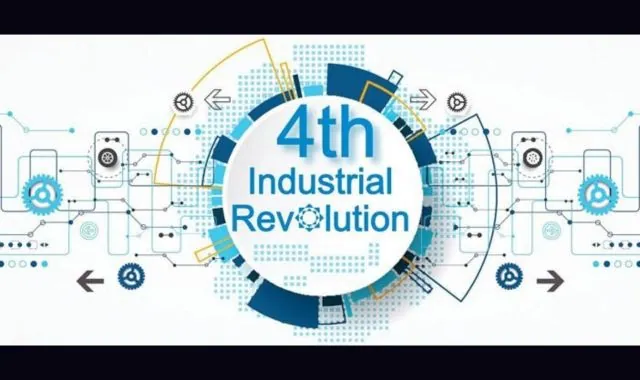Physical Address
304 North Cardinal St.
Dorchester Center, MA 02124

In today’s rapidly evolving technological landscape, the term “Fourth Industrial Revolution” (4IR) has gained significant traction. It represents a paradigm shift in the way we live, work, and interact with technology. At the heart of this revolution lies the integration of cutting-edge technologies into various industries to drive efficiency, productivity, and innovation. One such technology that has garnered immense attention is 5G.
The fourth industrial revolution encompasses a wave of technological advancements that blur the lines between physical, digital, and biological spheres. It builds upon the foundation laid by previous industrial revolutions but distinguishes itself by the convergence of technologies like artificial intelligence, robotics, IoT, and biotechnology. The hallmark of 4IR is the seamless integration of these technologies to create interconnected systems that drive automation, data-driven decision-making, and personalized experiences.
5G, short for fifth-generation wireless technology, represents the latest iteration of mobile network standards. It promises faster data speeds, lower latency, and greater capacity compared to its predecessors. With 5G, users can experience ultra-fast download and upload speeds, enabling real-time communication, immersive multimedia experiences, and seamless connectivity across devices.
As we delve deeper into the realm of the fourth industrial revolution, it becomes evident that 5G plays a pivotal role in driving its evolution. The high-speed, low-latency nature of 5G technology serves as a catalyst for innovation across various industries, fueling the transformational changes brought forth by 4IR.
5G enables telemedicine, remote patient monitoring, and augmented reality-assisted surgeries, revolutionizing healthcare delivery and improving patient outcomes.
In the manufacturing sector, 5G facilitates the adoption of smart factories equipped with IoT sensors, robotics, and AI-powered analytics, leading to increased efficiency, predictive maintenance, and customization of products.
The integration of 5G technology in transportation systems paves the way for autonomous vehicles, intelligent traffic management, and enhanced safety features, transforming the way people and goods are transported.
5G networks support a massive number of IoT devices, enabling seamless communication and data exchange between connected sensors, appliances, and machines. This interconnected ecosystem forms the foundation of smart homes, smart cities, and industrial automation.
The combination of 5G and AI technologies unleashes a new wave of possibilities, ranging from intelligent personal assistants to autonomous drones and predictive analytics systems. The synergy between these technologies drives innovation and unlocks new avenues for efficiency and optimization.
5G infrastructure serves as the backbone of smart cities, facilitating real-time data collection, monitoring, and analysis for efficient resource management, traffic optimization, and environmental sustainability.
While the integration of 5G technology into the fourth industrial revolution promises transformative benefits, it also poses several challenges and considerations.
The proliferation of connected devices and data transmission over 5G networks raises concerns about cybersecurity threats, data privacy, and potential vulnerabilities that need to be addressed through robust security measures and regulations.
The widespread deployment of 5G infrastructure requires significant investments in upgrading existing networks, deploying new infrastructure, and ensuring coverage in rural and underserved areas. Additionally, regulatory hurdles and public perception may impact the pace of adoption and deployment.
In conclusion, 5G technology undoubtedly plays a crucial role in shaping the fourth industrial revolution. Its unparalleled speed, low latency, and connectivity capabilities empower industries to embrace innovation, automation, and digital transformation on an unprecedented scale. By leveraging the potential of 5G, businesses and societies can unlock new opportunities, drive economic growth, and address pressing challenges in the ever-evolving digital landscape.